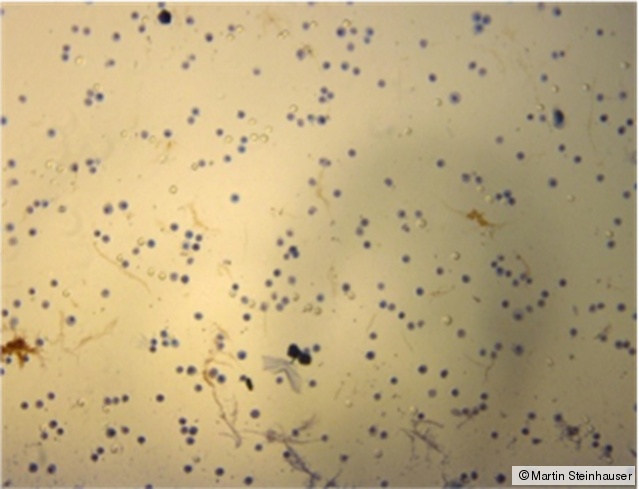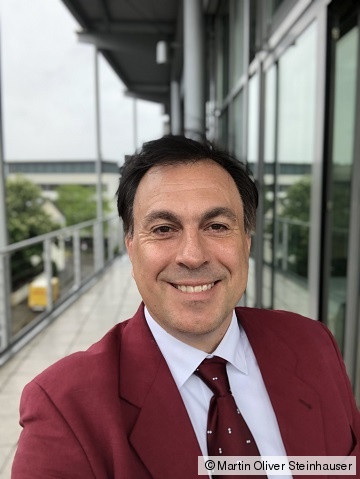Besides resection, i.e. the surgical removal of tumors, and chemotherapy, an established treatment in tumor therapy is the use of High Intensity Focused Ultrasound (HIFU). The treatment with ultrasound is based in essence on the destruction of cells and tissue by heating. At temperatures above 56 degrees Celsius proteins start to coagulate, causing the cells to go into apoptosis, i.e. cell death.
Principal problems in focusing of ultrasound usually lead to unwanted side effects such as cutaneous burns and also the HIFU sessions have to be repeated several times. In order to better monitor the treatment, sessions are often done in a magnetic resonance tomograph which renders this form of therapy very expensive. On the other hand, chemotherapy for tumor treatment also has many unwanted side effects and surgery principally involves a high risk for the patient. Here, exploring the potential of shock waves (induced e.g. with a laser system) for destroying or damaging cancer cells opens a new road for tumor treatment, avoiding the disadvantages of HIFU and using only the mechanical effects of a shock wave interacting with cells (compare Figure 1).
By way of using the destructive mechanical effects of shock waves rather than relying on heating of tissue it seems possible to destroy or damage the cytoskeleton or the membrane as shock waves carry much more energy in a much shorter time interval than ultrasound waves do. In case of success, this might open new perspectives for cancer therapies in addition to existing treatments. Due to the complexity occurring in the interaction of shock waves with soft, biological matter, a combined approach using experimental and computational methods is needed. After shock wave treatment, the cells are analyzed for damage of their cytoskeleton and their membrane. Additionally, monitoring the cells over several days, i.e. over several cell cycles can give indications of long-term damage that occurred due to the shock wave treatment (see Figure 2).
Selected publications
Characterization of a Setup to test the Impact of High-Amplitude Pressure Waves on Living Cells
M. Schmidt, U. Kahlert, J. Wessolleck, D. Maciaczyk, B. Merkt, J. Maciaczyk, J. Osterholz, G. Nikkah, M.O. Steinhauser
Sci. Rep. 2014, 4, 3849
On the Destruction of Cancer Cells Using Laser-Induced Shock Waves: A Review on Experiments and Multiscale Computer Simulations
M.O. Steinhauser
Radiol. Open J. 2016, 1, 60-75


